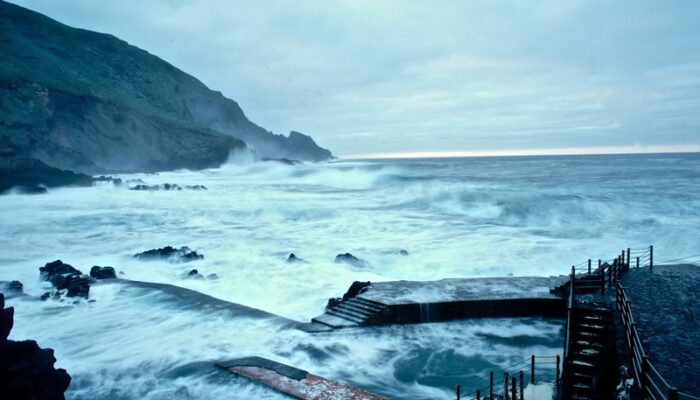
A new global S-wave model has recently been published in Geophysical Journal International. While this sounds exciting enough to tomographers and geodynamicists, this model has been constructed in a rather avant-garde way, too. It is one out of only two global tomographic models ever to be made based on the Earth’s background oscillations, that is long-periodic seismic noise also known as Earth’s hum. This weak signal is thought to be excited mainly by the interaction of the oceans with the solid Earth.
The only previous tomography using the Earth’s hum, published in Science in 2009, had the main aim of demonstrating the feasibility of hum tomography. Thus, the recent model is an actual novelty in the zoo of global S-wave models.
Contrary to surface waves radiated by earthquake sources, the waves of the hum don’t even amount to micrometers of displacement amplitude – long-range correlations of such weak signals can be very slow to emerge from the uncorrelated local noise surrounding the stations. Haned and coworkers could extract the very weak, but coherent hum signals using a particular technique. They discarded amplitude information and worked with instantaneous phases of the signal only, both for correlating and the subsequent stack weighting. On the emerging correlation functions, group velocities between station pairs were measured; these formed the basis for regionalization and depth inversion with a probabilistic approach.
While the ray coverage of the model is still heavily bundled in the Northern hemisphere, the authors propose that including extra stations in the future, especially OBS stations, will provide a ray coverage that is extending and complementing earthquake-based tomographies. As to the comparison with earthquake-based studies, they note that although correlation coefficients are generally high, discrepancies in detail do exist. An ideal solution would be to invert both types of data, jointly.
